

Molden VRML Gallery |
|
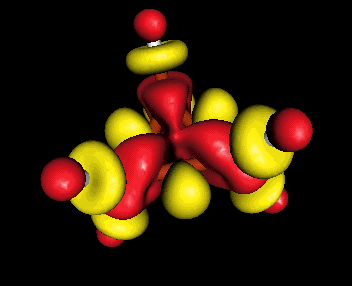 |
Cyclopropane Molecular Minus Atomic Density VRML2.0 |
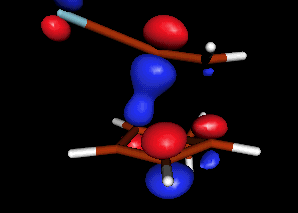 |
HOMO of a Transition State VRML1.0 |
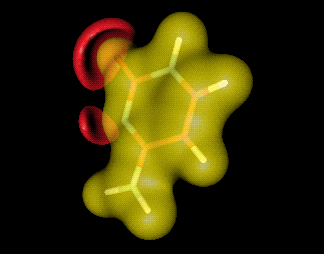 |
Cytosine Electrostatic Potential VRML2.0 |
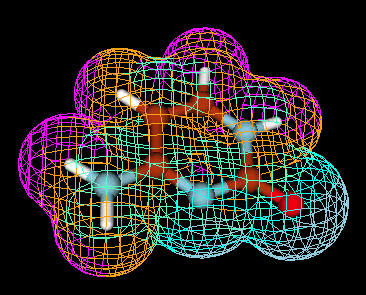 |
Cytosine DMA Electrostatic Potential mapped VRML2.0
|
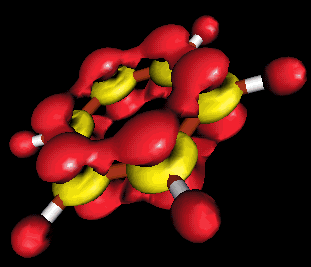 |
Benzene 631g Minus sto3g Density VRML2.0
|
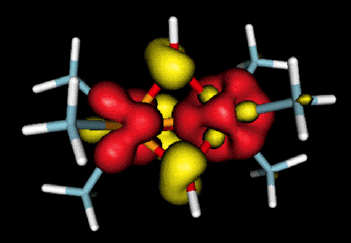 |
Spindensity: Alpha Density Minus Beta Density VRML2.0
|
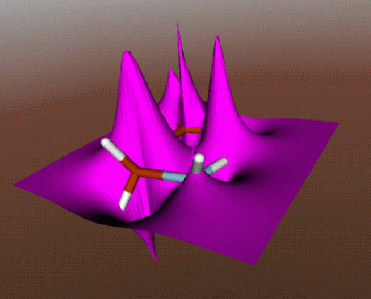 |
Orbital Amplitude: a square grid with on the z-axis the Orbital Amplitude VRML2.0
|
 |
Animated Racemization of Octahelicene VRML2.0
|
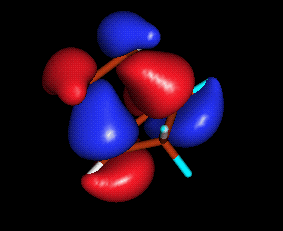 |
Animation of Orbital during reaction VRML2.0
|
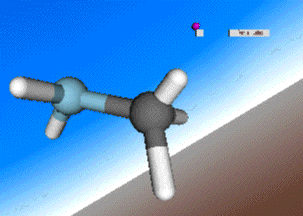 |
Animation of Normal Vibrations VRML2.0
|
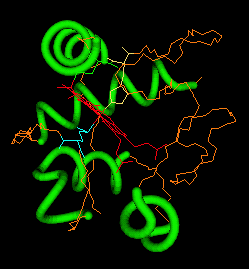 |
PDB entry 1yeb stick view VRML1.0
|
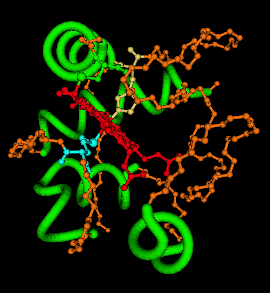 |
PDB entry 1yeb solid view VRML2.0
|
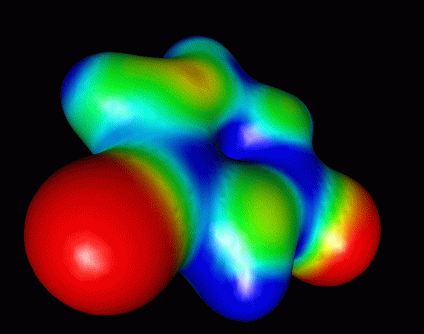 |
Electrostatic potential color coded on an isodensity surface VRML2.0
|
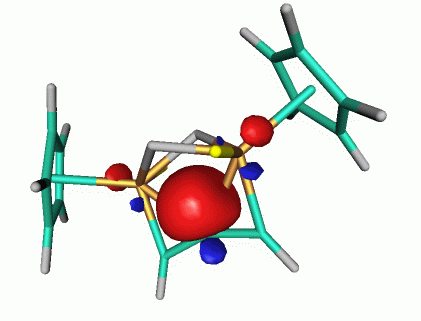 |
Edmiston-Ruedenberg localized three center, two electron bond inan organoditantalum complex (Jeffrey J. Luci). VRML2.0
|